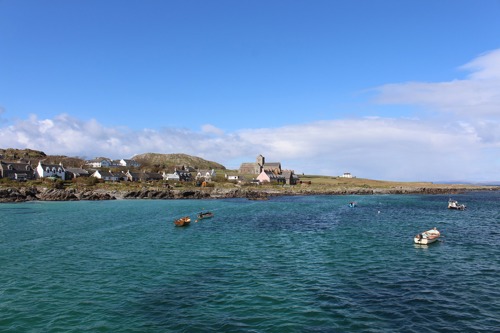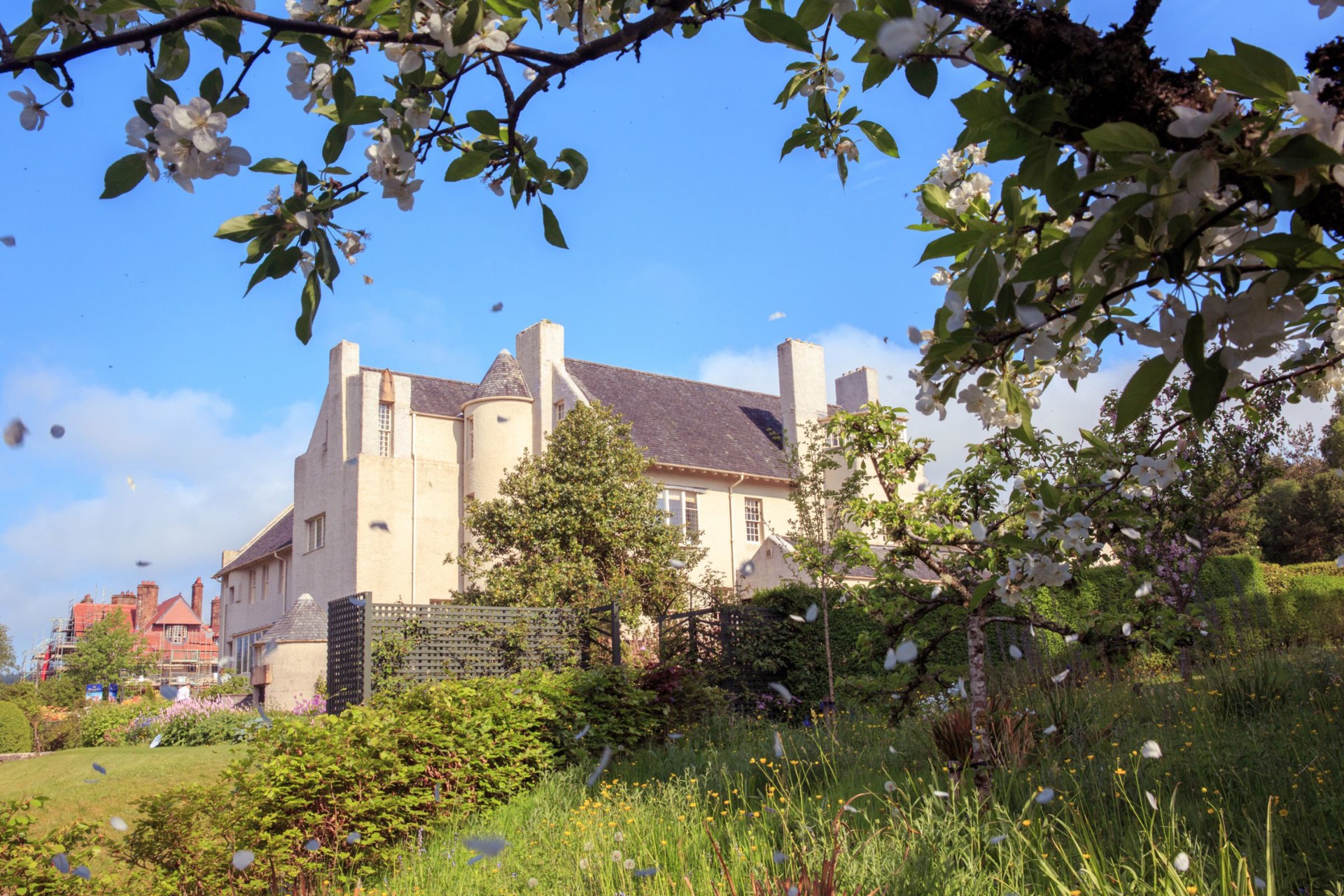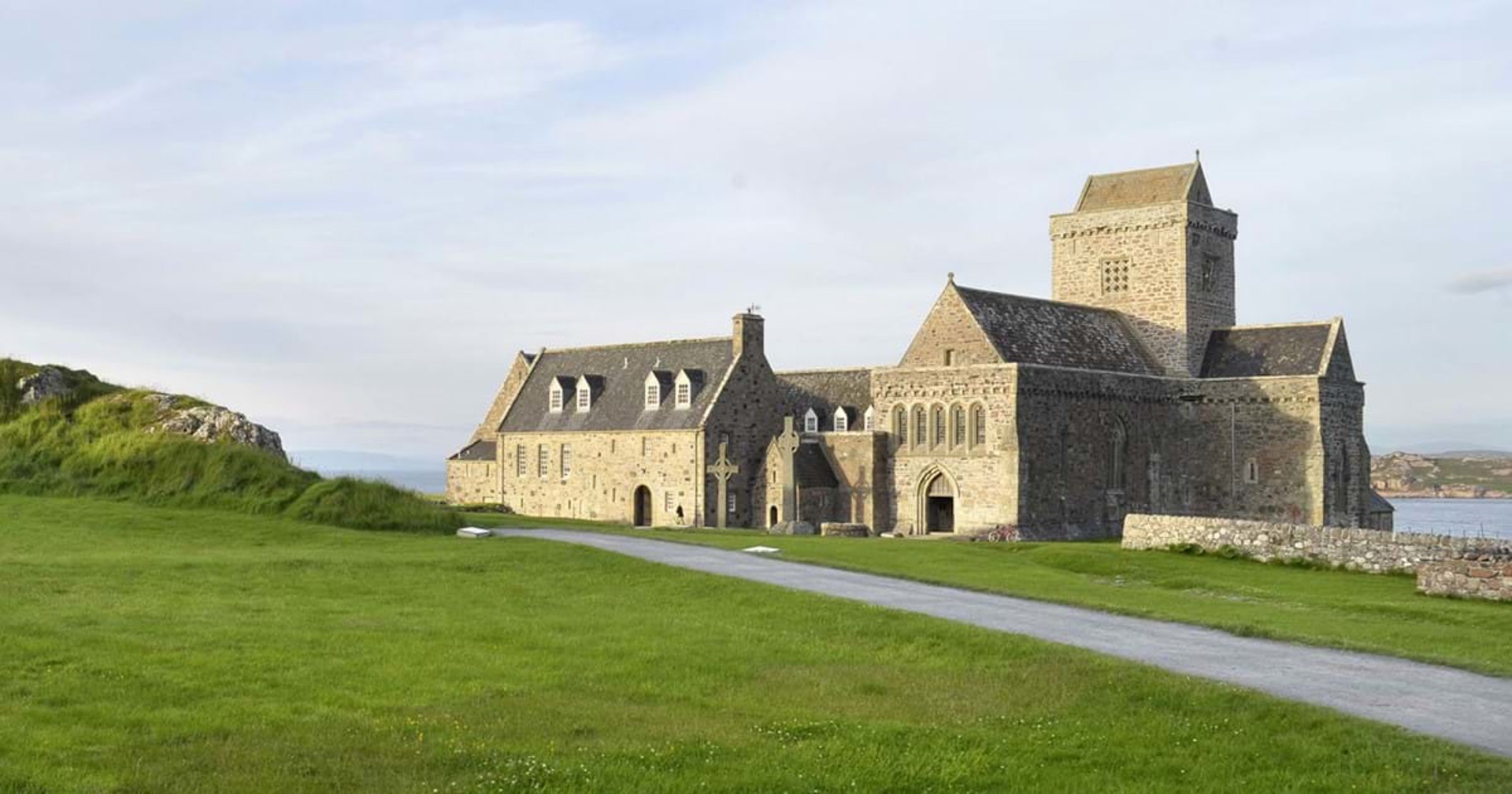Archaeology in Argyll: Top Places to Visit
Argyll and the Isles is known as Scotland’s Adventure Coast, offering endless opportunities for active fun in the great outdoors. But something else draws visitors to the region. There are few other places in Scotland, if not Europe, that have such a rich tapestry of historical and archaeological sites. If you know where to look, you’ll find traces of Neolithic, Iron Age, Celtic, early Christian, Middle Age, Viking and Medieval buildings and activity. Faced with such archaeological riches the question is where to start? Here’s our pick of the top archaeological sites to visit in Argyll.
Kilmartin Glen
This beautiful glen in mid Argyll is one of Scotland’s richest and most important prehistoric landscapes. Within six miles of Kilmartin village there are over 350 ancient monuments, including cairns, standing stones and stone circles. One of the highlights of Kilmartin is the famous linear cemetery of burial cairns that run down the floor of the Kilmartin Glen and is linked to standing stones, stone circles and rock art. The two stone circles at Temple Wood and the five Nether Largie standing stones are hugely impressive too. Ballymeanoch, meanwhile, includes an awe-inspiring group of six stones. Kilmartin Glen has some of the most impressive cup and ring decorated rock surfaces in Scotland. Don’t miss the rocky outcrop of Dunadd, the capital of the Ancient Kingdom of Dalriada. Legend has it that the first Kings of Scotland were crowned here.

Kilmartin Glen Standing Stones. Credit: Robin McKelvie
Brochs
Argyll and the Isles is home to some spectacular examples of these Iron Age structures. A remarkable number survive in ruined form and they’re often atmospheric and fascinating places to visit. Dun Mor Vaul on the island of Tiree is a well-preserved example. At one time it was thought to have been around 8 metres high and used primarily as a defensive stronghold only in times of attack by outsiders. Archaeologists believe that later its use changed, and it was adapted for use by a family who didn’t require the high walls and partially knocked them down to reuse the stone for a roundhouse within the original walls. Another well-preserved broch is Tirefour Castle on the Isle of Lismore. It stands on the highest point of a rocky ridge and commands an extensive view in all directions.

Spot some of Tiree's traditional architecture.
Kildalton Cross
One of the most remarkable objects from Scotland’s past that’s, literally, still standing is the Kildalton Cross on Islay. This masterpiece of 8th-century religious art is closely related to three major crosses in Iona – St John’s, St Martin’s and St Oran’s. Perhaps the most surprising feature of the cross is that it still stands where it was erected over 1,200 years ago, making it the only early Christian cross still standing in its original position. Excavation in 1882 showed that there was an even earlier Christian cross-slab on the site, as well as burials. The cross stands 2.65m high, and the span of the arms is 1.32m. It is carved from grey-green chlorite schist, a hard and durable local stone that has preserved the carving.

Iona Abbey is another iconic sight on Iona.
Hogbacks
Another significant piece of sculpted stone archaeology that’s survived outside on an island in Argyll and the Isles for a thousand years is the hogback tomb at Saint Blane’s Chapel on Bute. These grave markers typically appear as a low, elongated rectangle of stone, with curved sides rising to a ridge that runs the length of the tomb, hence hog-back. Wrongly thought by some to be the grave of St Blane himself, this one is more likely to be the grave marker of a Viking settler from the 10th century. You’ll find another Viking hogback gravestone in the churchyard of Luss Parish Church on Loch Lomond.

These are just a few of the hundreds if not thousands of structures and carved stone artefacts that bear witness to the peoples who, since Neolithic times, have lived in the region we know as Argyll and the Isles. You can always dig deeper by grabbing a map and locating the chambered cairns, standing stones and cup-and-ring marked rocks yourself. Take your own journey and let Argyll’s fascinating history reveal itself. In the Visit Scotland Year of History, Heritage and Archaeology, there's no better time to visit Argyll and the Isles.



